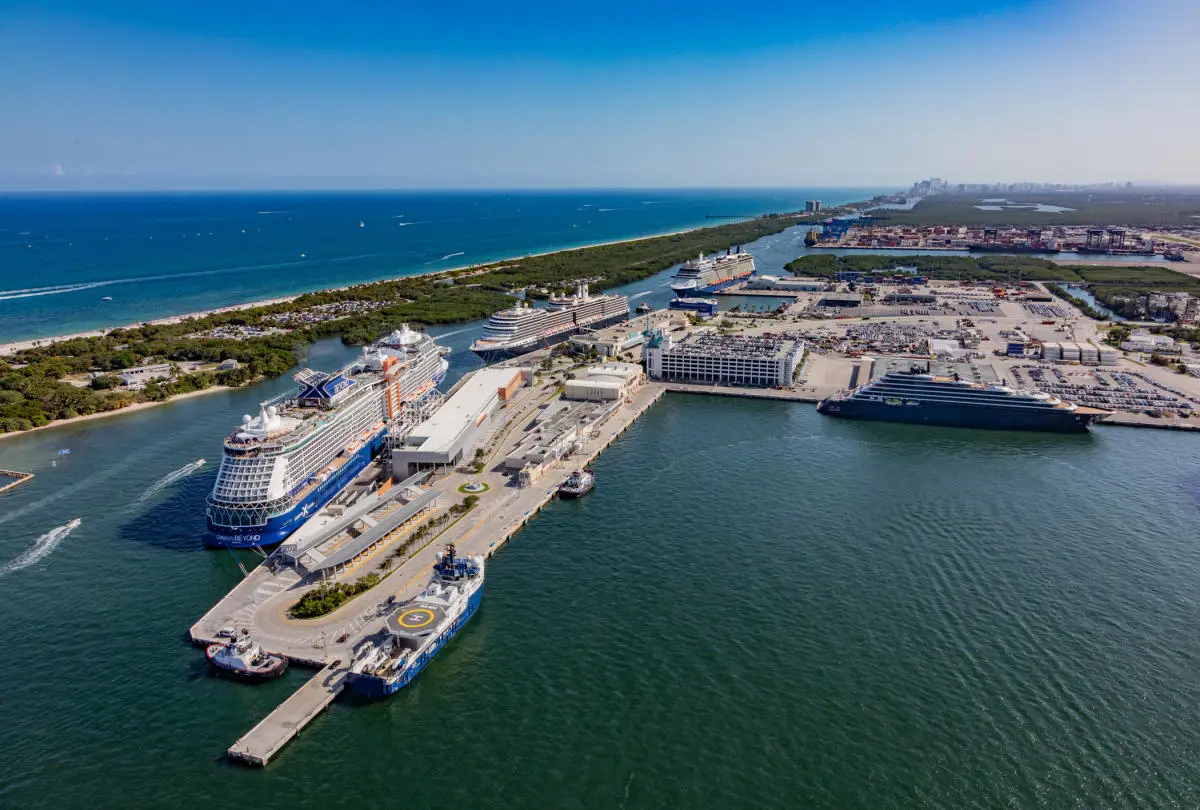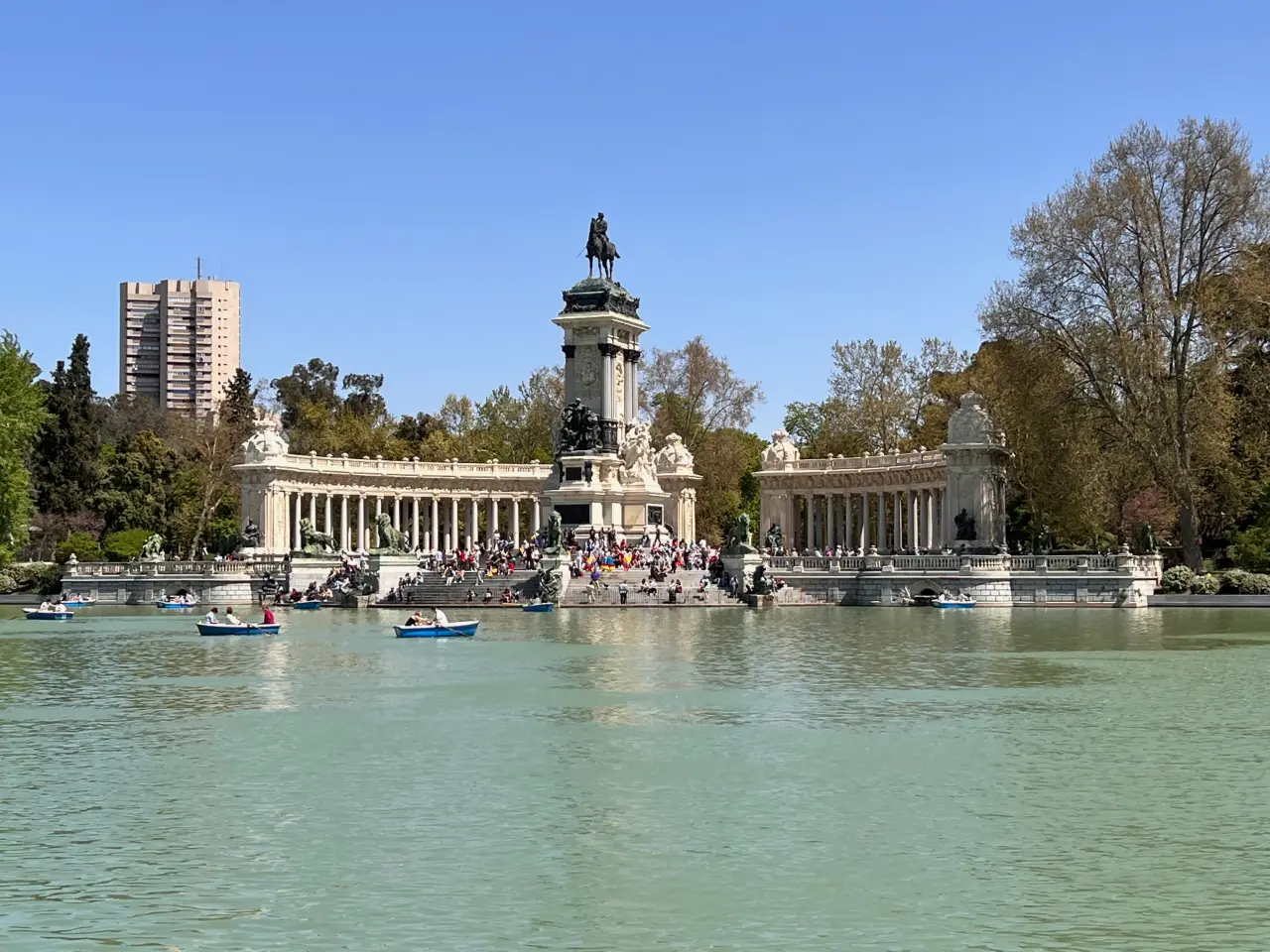From above, it looked like a forgotten shipwreck resting on the ocean floor. But when cinematographer Manu San Félix dove beneath the surface, he discovered something extraordinary: the world’s largest coral colony, sprawling across 112 by 105 feet, deep in the Solomon Islands.
This massive coral, visible from space, has captivated scientists and reignited calls for marine conservation.
Dubbed Pavona clavus, or shoulder blade coral, this species is a hard coral with colors ranging from earthy browns to vibrant yellows, reds, and blues. Estimated to be 300 years old, the colony is not a reef but a single organism made up of nearly one billion interconnected coral polyps, working as one.
At 16 feet tall, it’s larger than a blue whale, Earth’s biggest animal, and its sheer size and complexity have left researchers in awe.
The National Geographic Pristine Seas team discovered the world’s largest coral. “This discovery rekindles our sense of awe and wonder about the ocean,” said Enric Sala, National Geographic Explorer in Residence and founder of Pristine Seas.
Hidden in Plain Sight
The discovery during an October 2024 expedition was nearly missed. The coral was spotted the night before the team planned to move to another site.
Resting 42 feet below the surface, locals may have mistaken it for a massive rock due to its flat, sprawling form. Without access to snorkeling or diving equipment, its true nature remained hidden for centuries.
“This coral has lived through monumental human history,” said expedition scientist Molly Timmers, noting its survival since the 18th century, witnessing events like World War II and even the COVID-19 pandemic. Its ancient presence evokes a sense of connection to the past and highlights the resilience of marine ecosystems.
A Beacon of Hope Amid Global Challenges
Despite its robust health, the coral faces significant threats from climate change, overfishing, and pollution. Coral reefs worldwide are undergoing severe bleaching due to rising ocean temperatures, with the current bleaching event being the largest ever recorded.
While many nearby shallow reefs have degraded, this deepwater giant offers hope. The Solomon Islands, part of the Coral Triangle, boast some of the richest coral biodiversity on Earth.
Researchers hope this discovery inspires stronger protections for marine habitats in the region.
“This coral reminds us that the oceans still hold secrets and wonders,” said Timmers. “But it also underscores the urgency of protecting these environments before it’s too late.”
This monumental find is not only a testament to the mysteries of the ocean but a clarion call to preserve the natural world for generations to come.













